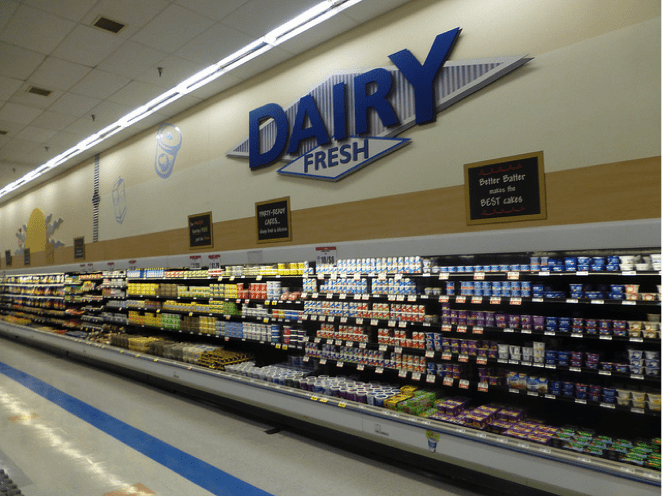 image credit: nicholas eckhart via flickr cc
image credit: nicholas eckhart via flickr cc
Store brands are no longer cheap, generic, or low-quality. Safeway Select, Kirkland Signature, and Whole Food’s 365 are just three examples of private labels who have earned consumer trust for high-quality, in addition to reasonable price points. CSPNet reports that in a recent year, store-branded products accounted for 20% of grocery sales. As many private labels shift towards minimally-processed and organic offerings, consumers are choosing to balance their needs for cost savings with a preference for healthy eating.
It wasn’t that long ago that private label packaging was often a close reflection of major brands. However, the ‘copycat’ trend has going by the wayside as private label sales go up. Perception Research Services writes that instead of reflecting their competitors, private labels are “defining themselves through packaging that matches the quality appearance of national brand packaging.” The packaging of today’s private label CPG brands is far more likely to have a distinct and aesthetically appearance that’s wholly unique.
In a competitive and quickly-evolving CPG environment, there are lessons to be learned from the recent success of private labels. We’ve compiled a list of factors to consider if you plan to update your packaging in the near future.
Ditch the Copycat Concept
Safeway Signature products feature bold fonts and dark backgrounds. Whole Food’s 365 opts for clean labels and bright, primary colors. The latest iteration of private label packaging is bold, and doesn’t look like anything else on the shelves.
If your product looks like one or more of your competitors, you’re not standing out. This is especially critical in product categories where private labels have begun to dominate sales. The recent trend towards drastic rebranding efforts among private labels is certainly something to consider.
Let the Quality Speak for Itself
Focus on the quality and reliability of your product to build consumer trust. Many brands are adopting new packaging strategies in order to clearly communicate the product’s value and benefits to increasingly skeptical consumers. If you’ve reformulated your product to increase the health value or improved your processes, let your labels and design reflect this decision.
Consumers are increasingly skeptical that store brands are lower-quality than name brand competitors. Packaging Digest reports that less than one-third of consumers feel that private labels are lower-quality, which is a significant drop from recent surveys. They write that packaging may be the only remaining differentiator for name brands competing in certain categories, especially pharmaceuticals and dairy products.
By continually striving to provide the most attractive and functional packaging design, name brands can retain a critical edge, even as consumer skepticism of quality advantages diminishes.
Be Dynamic
Drastic changes in the look and feel of private label brands over the past decade illustrate the value of innovation. Your product labels should never be static. Consumer preferences are remarkably dynamic, and your labeling should reflect changes in your market. Continually evaluate how you can improve the form, function, design, and convenience of your packaging to improve your consumer’s quality of experience.
Showcase Your Product Innovation
Consumers still have preference for CPG brand names over store or private labels. Research by Packaging Digest indicates that 45% of shoppers believe that name brands offer some key benefits, which include “more new products, variety, and innovations.” Use your packaging design to demonstrate your commitment to continual innovation, improvement, and variety. Use labeling to clearly announce new-and-improved tastes, recipes, or complementary product offerings.
As store brands deliver higher-quality products, organic offerings, and innovative packaging designs, competition between private labels and name brands could increase. By observing how private labels have worked to gain consumer trust through packaging innovation and quality increases in recent years, CPG brands can learn the value of continual innovation and bold design.


-min-1.png)

.webp)


